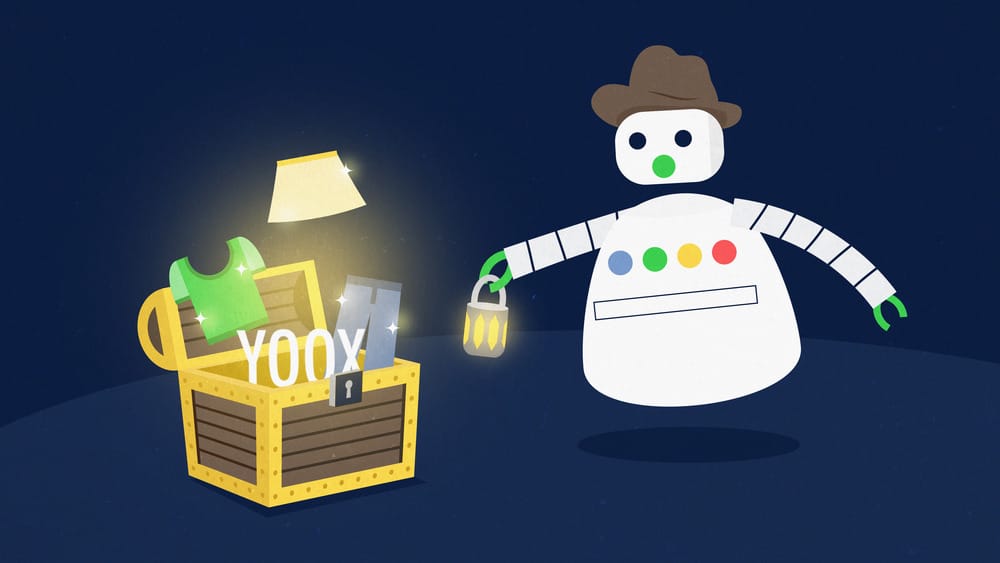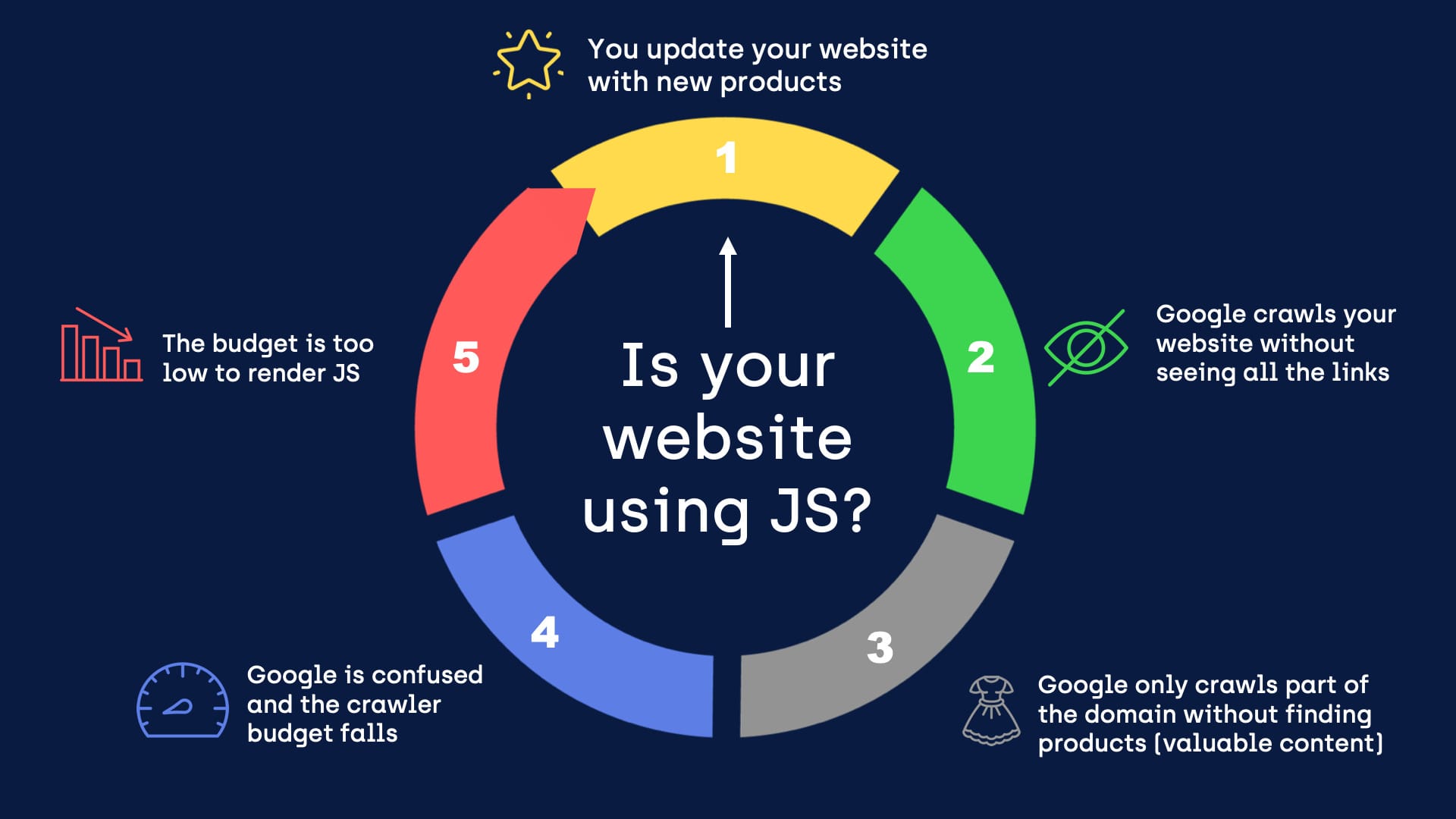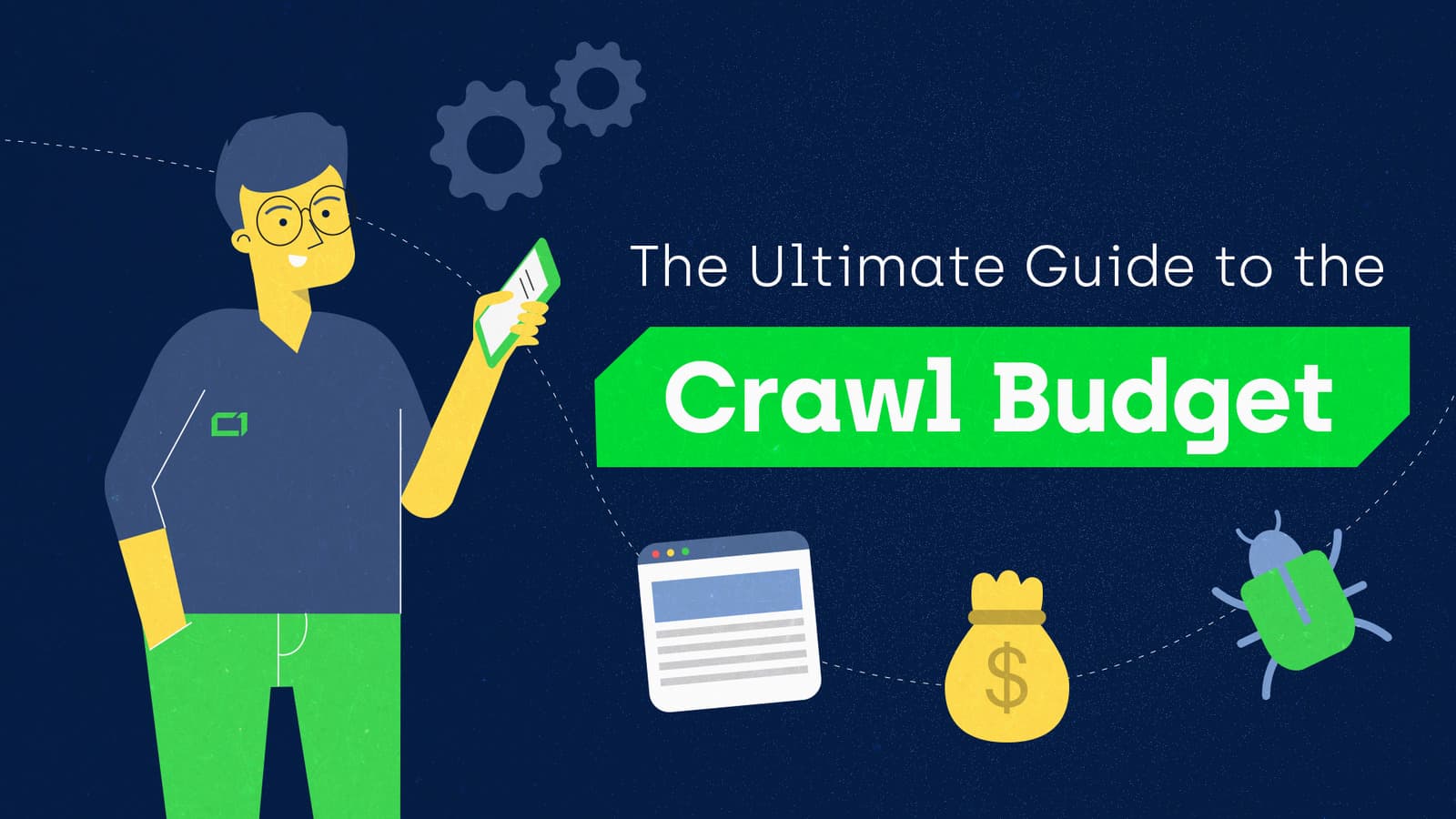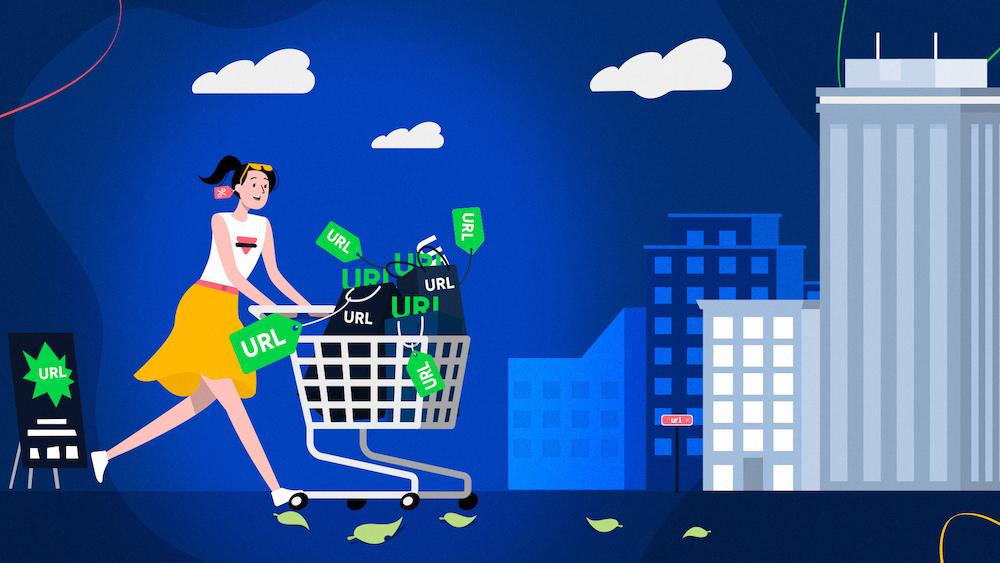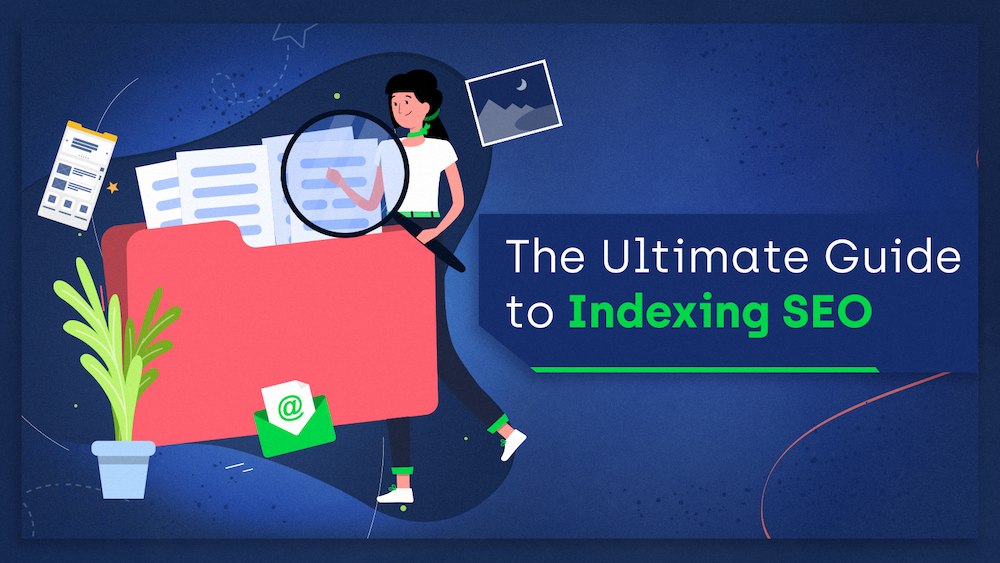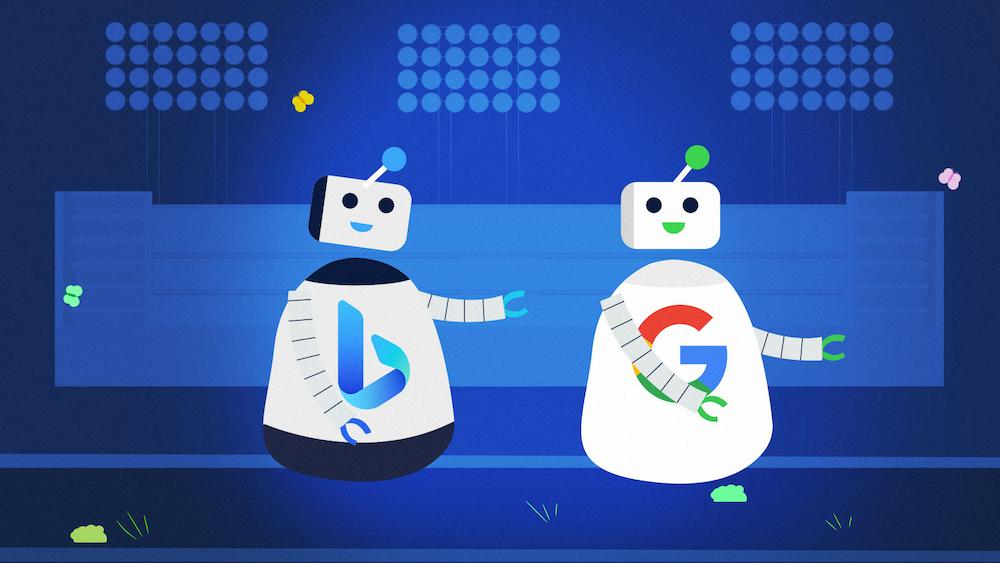80.78% of YOOX’s product pages are invisible to Google users. That means 4 in 5 products on their website aren’t indexed. What went wrong?
YOOX is a shining example of how maintaining an e-commerce website can go wrong.
To be clear, it’s not an exception to the rule – we’ve seen many websites that don’t live up to their potential. However, YOOX truly takes it to the next level.
80.78% of YOOX’s product pages are invisible to Google users.
That means 4 in 5 products on their website aren’t indexed.
But don’t take my word for it – go to yoox.com and visit a random product page. Then copy the address of that page and look it up in Google, like this:
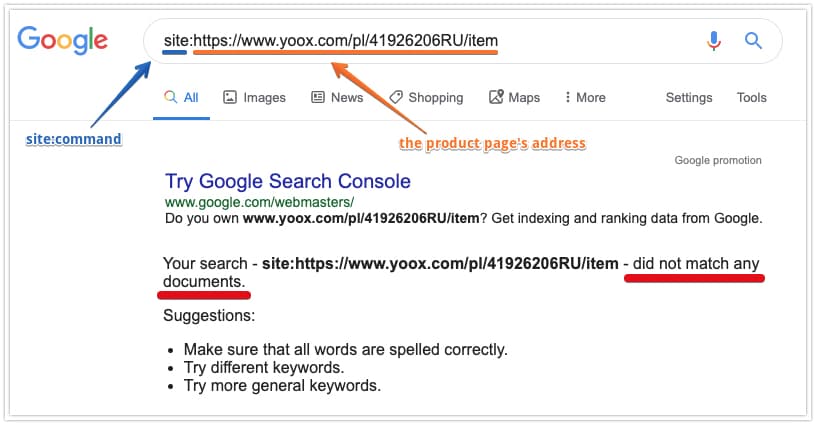
If we placed a bet on whether a random page you chose can be found in search or not, I would win 4 out of 5 times.
What are the consequences?
Because they’re not indexed, these product pages aren’t bringing any organic traffic to the website.
Can you imagine how much revenue is lost as a result? According to SEMrush, organic traffic only accounts for an estimated 13% of YOOX’s total monthly visits (as of October 2019), compared to the industry average of 35%! At the moment, the website mostly relies on direct visits – it barely takes advantage of all the search engine traffic that it could potentially get.
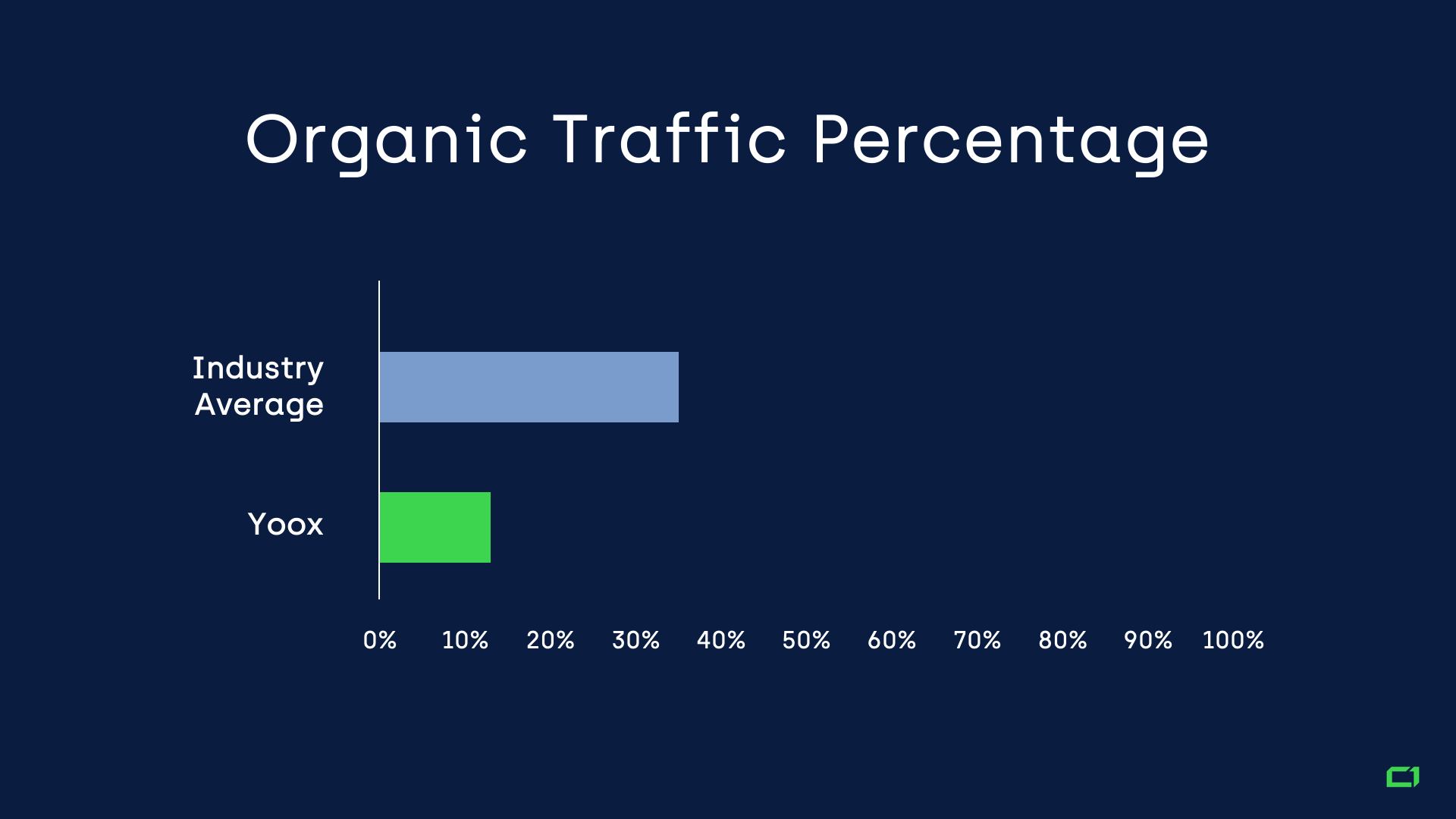
It’s a staggering problem that has to be addressed. Fortunately, it’s not difficult to realize why it’s happening from a technical standpoint.
How is this possible?
This isn’t Google’s fault.
To put it bluntly, YOOX failed at optimizing their website and they have nobody to blame but themselves.
The main issue is that YOOX.com is using JavaScript on product pages. JavaScript is used to generate links to related products.
Unfortunately, although Google is getting much better with processing JavaScript on scale, it’s not perfect yet, and you can never be sure if Google discovers links or content that you’re generating with JavaScript.
To learn more about it, read our ultimate guide to JavaScript SEO.
In the case of YOOX, because their website isn’t well-optimized from a technical standpoint, Google rarely discovers all the links injected with JavaScript.
As a consequence, from the search engine’s perspective, YOOX’s internal linking is very weak.
This makes the website more difficult for Google to crawl fully, and that’s the main reason why all of these product pages remain unindexed.
Can this be averted?
As it turns out, making sure Google can see all of your content is the biggest challenge that e-commerce websites are facing, and it doesn’t look like this will change anytime soon.
Our data shows that on average, e-commerce websites don’t have over 16% of their pages indexed. You can read more about it in our article on Indexing SEO.
Despite all the technical improvements that Google admittedly made, website owners should never be sure that their content will get indexed, no matter how big or small the website is.
But that’s what we’re here for. We have proven our expertise in dealing with and fixing technical SEO issues, helping numerous Fortune 500 companies get their websites on the right track.
How is your website doing?
Working with large businesses, Onely has gained first-hand experience of how technical issues may severely impair an e-commerce website’s performance in Google Search and other search engines.
